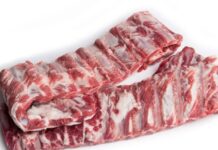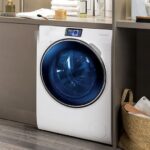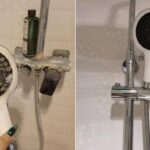There are several reasons why front-loading washing machines are more expensive than top-loading ones, and it all boils down to their performance and features.
However, despite their initial appeal, front-loading washing machines have gradually fallen out of favor with many users.
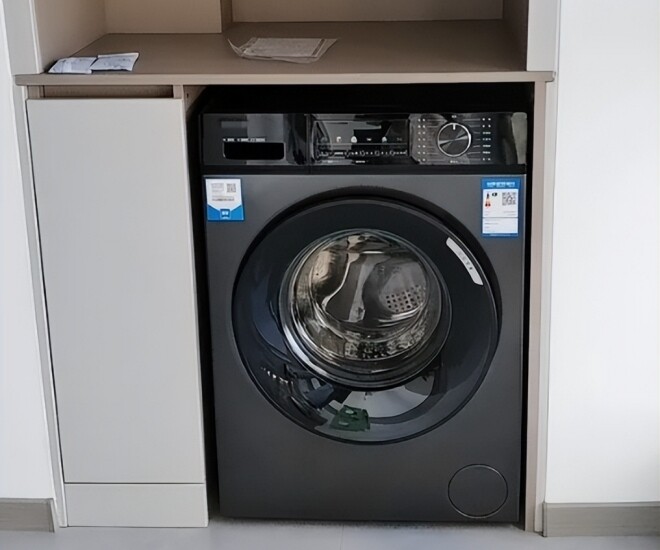
4 Reasons Why Front-Loading Washing Machines Are Landing on Blacklists
1. Soap Suds May Be Left Over After Rinsing
While front-loading machines are designed to be water-efficient, this very feature can sometimes lead to a less-than-thorough rinse cycle. Soap suds may remain on your clothes, leaving them feeling slick even after drying, which then requires a second wash.
In contrast, top-loading machines use more water but tend to rinse out soap more effectively, rarely necessitating a second wash.
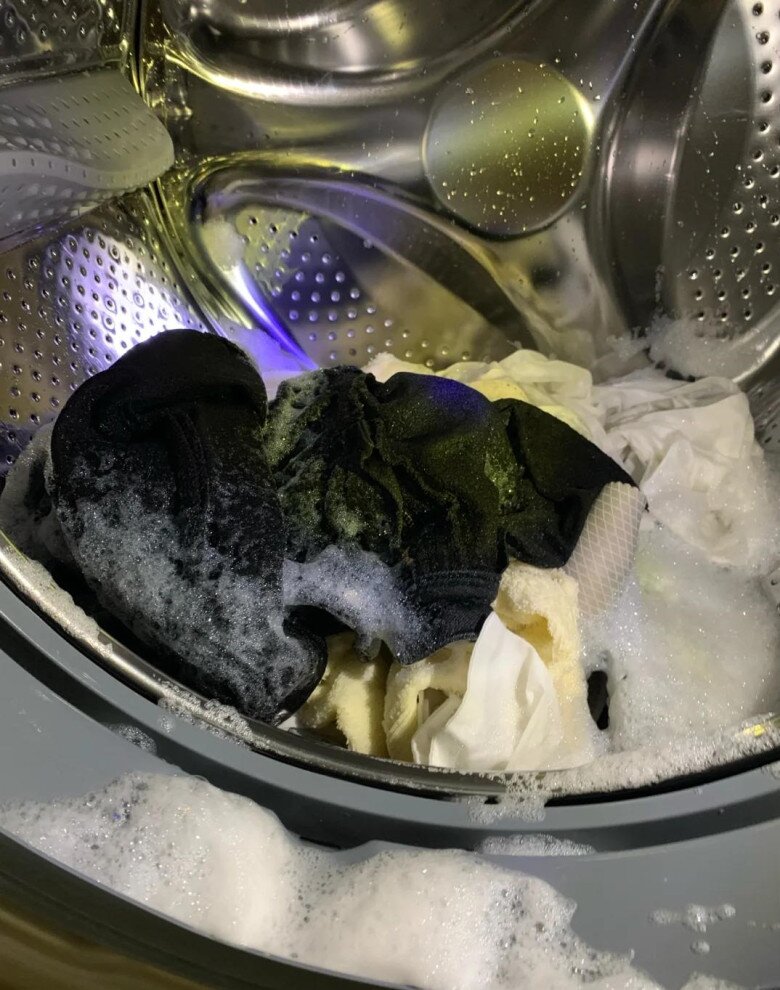
2. Overly Complex Control Panels
Front-loading washing machines often come with 20–30 buttons, offering various functions like cotton/linen wash, steam sterilization, and automatic water distribution. While these features seem appealing, they can be confusing for middle-aged and older users, who may find the simple and intuitive controls of top-loading machines more user-friendly.
3. Unergonomic Design for Loading and Unloading
Front-loading machines require users to bend down to load and unload laundry, which can be uncomfortable and even painful for those with back or spine issues, as well as the elderly. A raised platform can help mitigate this issue, but it’s an additional expense and may not be feasible for all users.
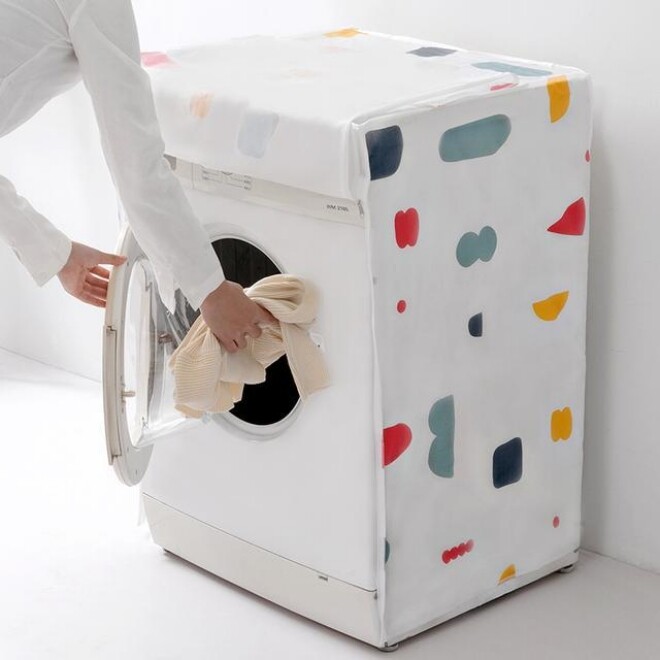
4. Inability to Add Laundry Mid-Cycle
Once a front-loading machine starts its cycle, you can’t add any forgotten laundry items. Top-loading machines, on the other hand, allow you to pause the cycle and add forgotten items without any hassle.
5. Complicated and Costly Repairs
The intricate inner workings of front-loading machines, comprising numerous electronic components and delicate mechanical parts, make repairs a complex and costly affair. In contrast, top-loading machines have a simpler construction, are easier to fix, and generally incur lower repair costs.
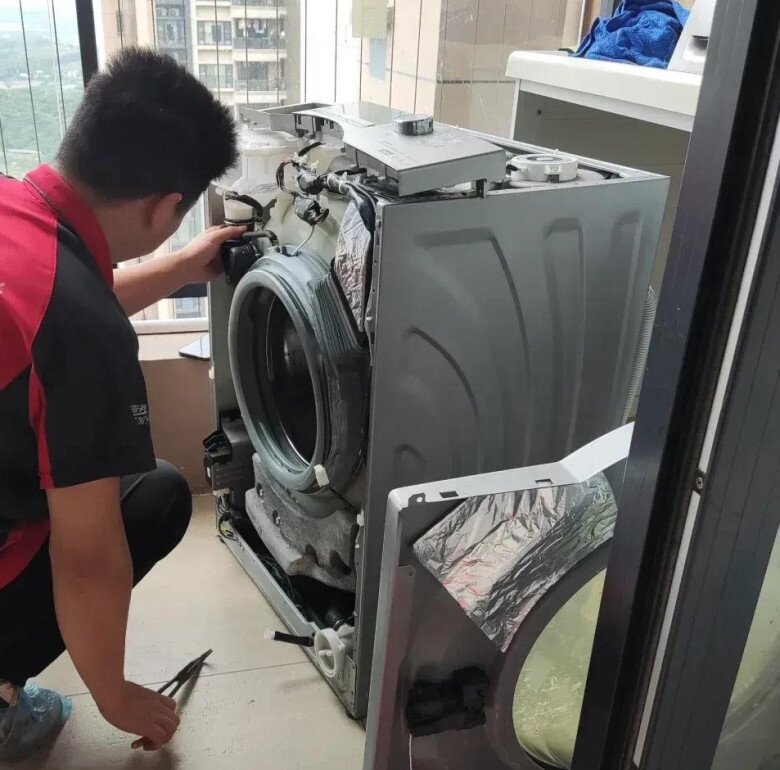
How to Choose a Top-Loading Washing Machine
Given the drawbacks of front-loading machines, it’s no surprise that more people are opting for top-loading washing machines. Some households even purchase a top-loader as their primary machine, despite already owning a front-loader. So, what should you look for when choosing a top-loading washing machine?
1. Check the Motor Type
The motor is the heart of a washing machine, impacting its durability and performance. For a more durable top-loading machine, opt for one with a direct-drive motor and inverter technology. This combination saves water and electricity while operating more quietly.
If you live in an apartment or condo, steer clear of top-loaders with conventional motors (non-inverter). These machines are not only inefficient but also noisy, which could disturb your neighbors.
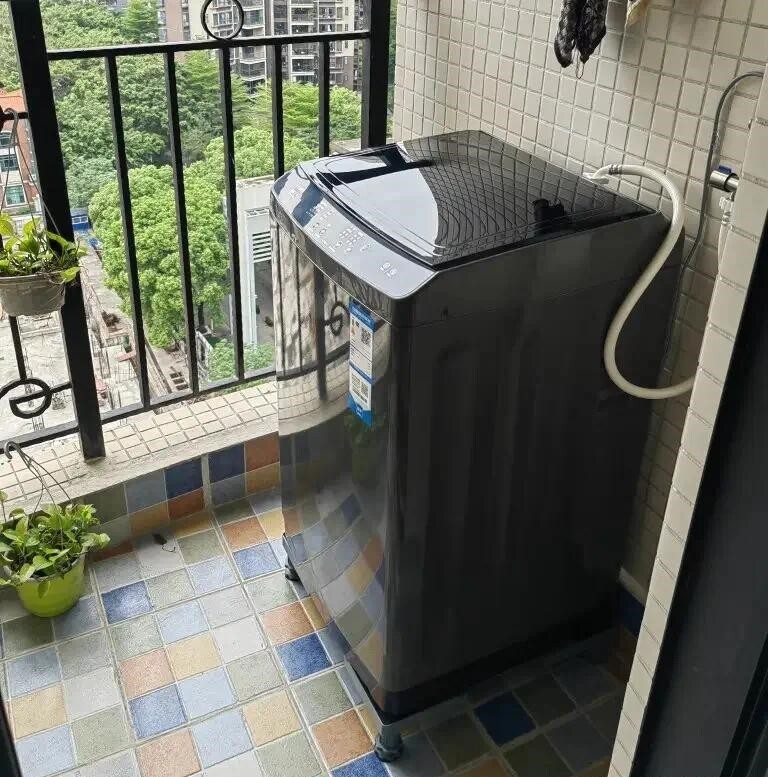
2. Look for Anti-Tangling Technology
Older top-loading machines, especially the twin-tub models, tended to tangle laundry, making it difficult to untangle and leading to fabric damage. Modern top-loaders with 3D water flow technology and reverse-spin drums, powered by dual motors, effectively prevent this issue.
Avoid single-motor machines with unidirectional water flow, as they are more likely to tangle your laundry.
3. Consider the Spin Speed
Spin speed directly affects the efficiency of the drying process. Regardless of your budget, opt for a top-loader with a spin speed exceeding 1000 rpm. This will ensure faster drying times, reducing the time your laundry spends on the line.
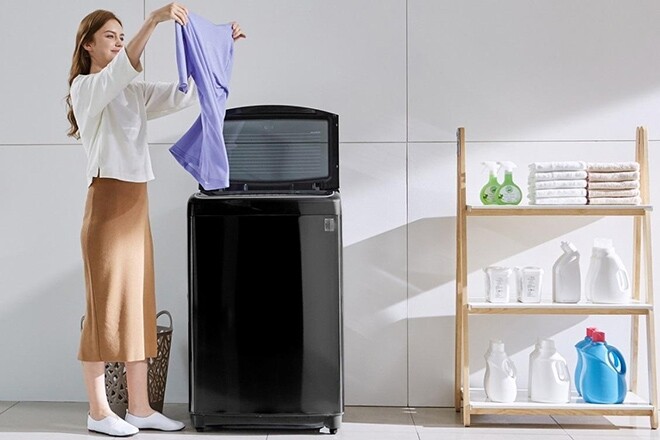
4. Choose a Larger Capacity
Many people have adopted the habit of washing their clothes daily for hygiene reasons. Additionally, items like bed linens, curtains, and even shoes are now regularly laundered. To accommodate this, opt for a top-loader with a capacity of at least 10kg, which can handle larger loads, including bedding, more efficiently.
5. Pay Attention to the Cleaning Ratio
The cleaning ratio is a government-mandated metric that indicates a washing machine’s cleaning effectiveness. A higher ratio means better cleaning performance. For top-loading machines, a ratio of 0.7 is considered standard, but for superior cleaning, look for machines with a ratio of 0.9 or higher.













